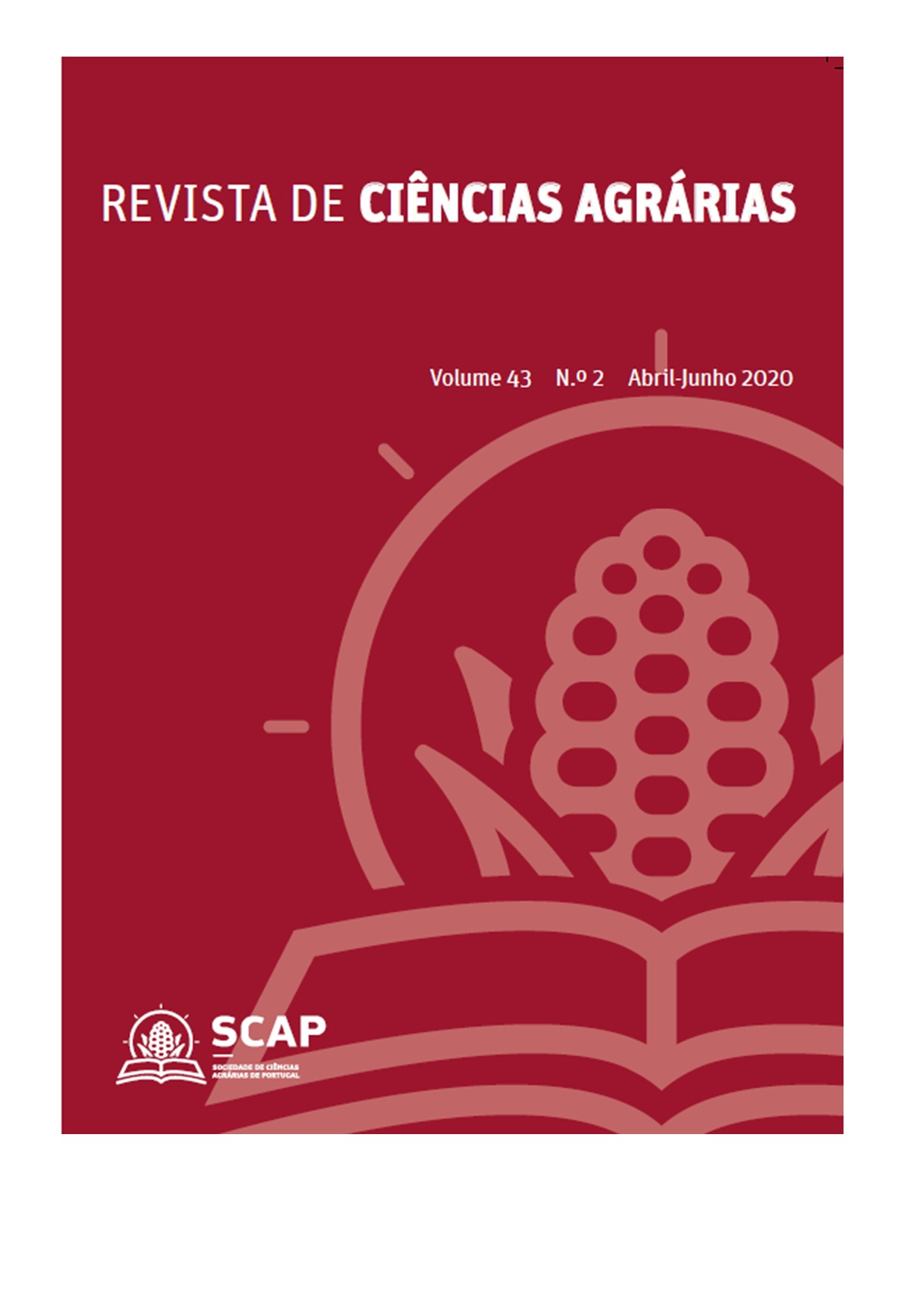Influence of Sorghum bicolor on the emergence and development of Senna obtusifolia
DOI:
https://doi.org/10.19084/rca.15266Abstract
In the search for alternatives to weed control, the physical and allelopathic effect of cover crops has been studied. The objective of this work was to evaluate the potential of Sorghum bicolor in different levels of phytomass on the surface or incorporated to the soil in inhibiting the emergence and growth of Senna obtusifolia plants. The experiment was conducted in a greenhouse from August to October 2014, using a completely randomized experimental design, with four replications, in a factorial scheme (2 x 4) + 1 consisting of two management forms (built-in and surface) with four levels of straws (3, 6, 9 and 12 t ha-1), plus one treatment without the use of cover crop (control). The analyzed variables were total number of emerged plants, leaf area, shoot dry matter, root volume and root dry matter. The forms of management in different levels of S. bicolor phytomass were efficient in the suppression of fedegoso (S. obtusifolia), with a significant reduction (more than 50%) in the emergency when it was used in quantities from 2.81 t ha-1. Regardless of the biomass level of S. bicolor, its use on the soil surface provided a greater reduction in the number of emerged plants. While the use of phytomass incorporated in the soil, provided greater reduction of the growth of S. obtusifolia.


